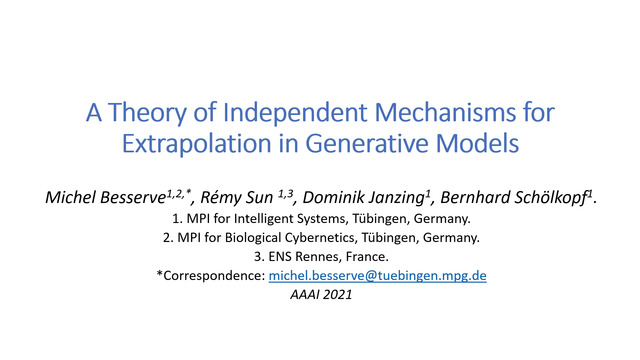Abstract:
Multi-agent behavior modeling and trajectory forecasting are crucial for the safe navigation of autonomous agents in interactive scenarios. Variational Autoencoder (VAE) has been widely applied in multi-agent interaction modeling to generate diverse behavior and learn a low-dimensional representation for interacting systems. However, existing literature did not formally discuss if a VAE-based model can properly encode interaction into its latent space. In this work, we argue that one of the typical formulations of VAEs in multi-agent modeling suffers from an issue we refer to as social posterior collapse, i.e., the model is prone to ignoring historical social context when predicting the future trajectory of an agent. It could cause significant prediction errors and poor generalization performance. We analyze the reason behind this under-explored phenomenon and propose several measures to tackle it. Afterward, we implement the proposed framework and experiment on real-world datasets for multi-agent trajectory prediction. In particular, we propose a novel sparse graph attention message-passing (sparse-GAMP) layer, which helps us detect social posterior collapse in our experiments. In the experiments, we verify that social posterior collapse indeed occurs. Also, the proposed measures are effective in alleviating the issue. As a result, the model attains better generalization performance when historical social context is informative for prediction.









































